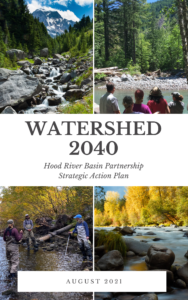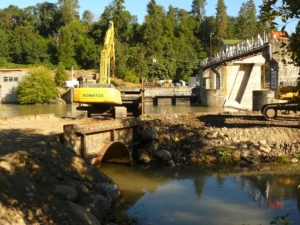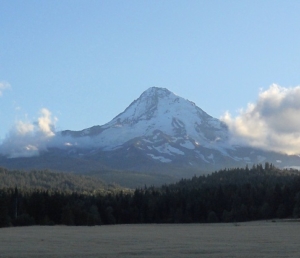East Cascades Oak Partnership presentation recording available
View a recording of Lindsay Cornelius’ “The Oregon White Oak: A Survivor and a Savior” presentation from June 22nd.
Oregon white oak are abundant in our region, perceived by many to be prolific, unattractive, weedy, and indestructible. In fact, Oregon white oak habitat across its entire extent has diminished by nearly 97% since European settlement – and we are the stewards of what remains. Oak systems are one of the most biodiverse, climate resilient habitats in our region. They are fire resistant and provide important benefits to the people who live here.
More than 200 individuals from agencies, nations, businesses, organizations, and the general public volunteered thousands of hours over the last three years interviewing stakeholders, learning from presenters, mapping and modeling oak systems, and testing logic models to create a strategic action plan for oak conservation that the East Cascades Oak Partnership (ECOP) will work to implement over the next decade. Lindsay Cornelius, Columbia Land Trust Natural Area Manager and the Manager of the East Cascades Oak Partnership, shares the story of Oregon white oak in the East Cascades, including important insights on the value of oak systems and how the East Cascades Oak Partnership can help each of us advance oak conservation in a meaningful way.![]()




